[/caption]
CAPE CANAVERAL – Space shuttle Discovery was wheeled out of the Vehicle Assembly Building (VAB) on one of the massive crawler-transporters toward launch complex 39A – and its final mission – STS-133, currently scheduled for launch on February 24 at 4:50 p.m. EST (21:50 GMT). This marks the second trip out to the launch pad for Discovery; the orbiter had to be taken back to the VAB for scans and repairs.
Discovery was first wheeled out to LC 39A on Sept. 20, 2010. The Nov. 5 launch attempt was aborted due to a leaky Ground Umbilical Carrier Plate (GUCP). When engineers were checking out this problem, they discovered another, a section of popped up foam on the shuttle’s external tank. Foam has been a concern ever since a briefcase-sized piece of foam led to the loss of the shuttle Columbia in 2003.
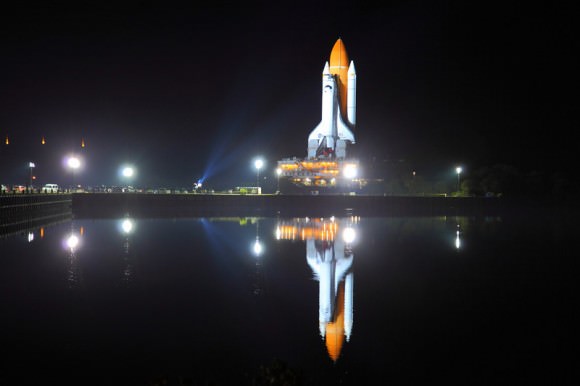
Further inspection showed that the cracks extended all the way down to the aluminum skin of the external tank. As engineers looked further more and more of these cracks were discovered around what is known as the “intertank” region. Engineers did what repairs that they could out at the launch pad. Then the large, orange tank was filled with the super-cooled fuel that powers the shuttle into orbit. When tanking occurs, the tank can shrink by as much as half-an-inch.
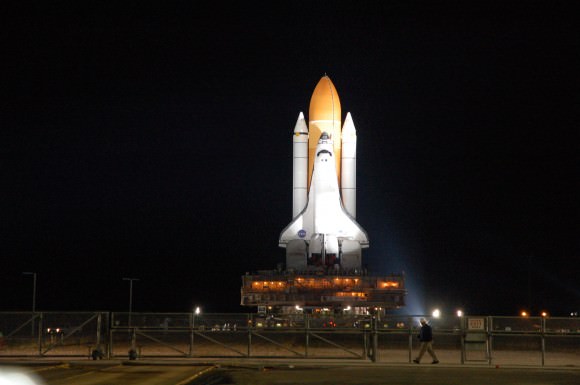
With the realization that this shrinkage could severely impact the cracks, 89 sensors were placed around this area to monitor the effect of fueling the external tank. To properly check any potential impact the tanking had, scans would need to be conducted and that meant a trip back to the VAB. So Discovery was rolled back to the VAB for X-Rays and other scans.
Once the area was given a thorough inspection, more cracks were found and further repairs were required. But during this time NASA had discovered what was causing these small cracks to occur and Discovery was set to head back out to the launch pad for her date with history.
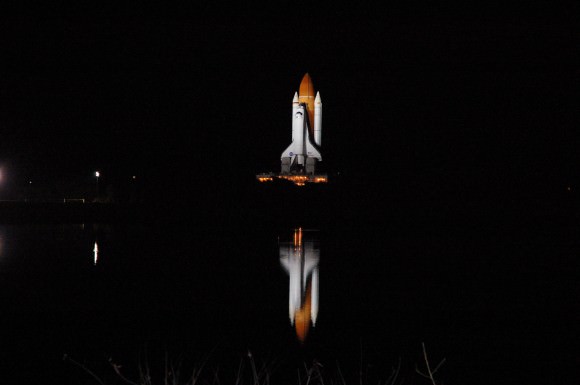
Discovery began its slow methodical trek out to the launch pad at 8 p.m. EDT. The trip takes several hours to reach its destination, as the pondering crawler-transporter that hauls the spacecraft out to the launch pad moves at a blistering one mile an hour.
Discovery’s final mission is a resupply flight to the International Space Station. The orbiter will ferry a modified cargo carrier, the Leonardo Permanent Multipurpose Module along with much-needed supplies and the first human-like robot to fly into space – Robonaut-2. The crew consists of commander Steve Lindsey, Pilot Eric Boe and mission specialists Michael Barratt, Alvin Drew, Nicole Stott and Steve Bowen.
Bowen is a last-minute replacement for Tim Kopra, who broke his hip in a bicycle accident earlier this month.
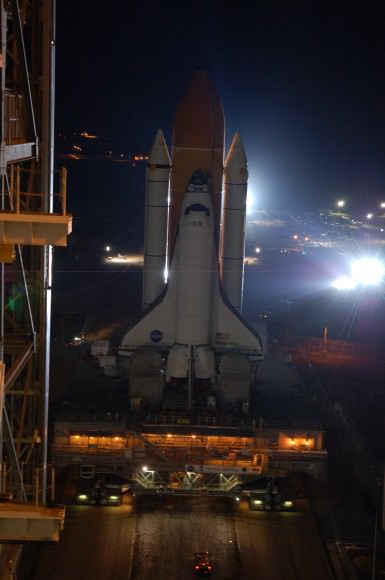
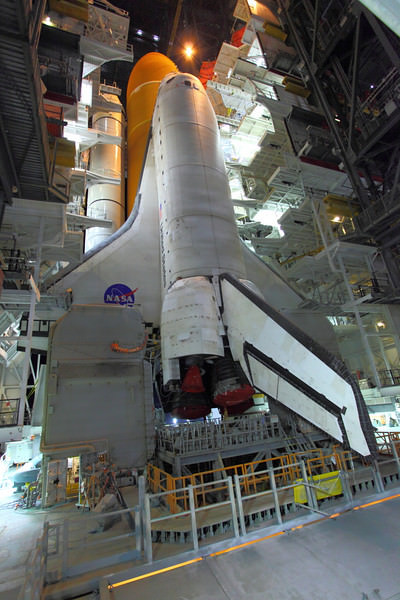
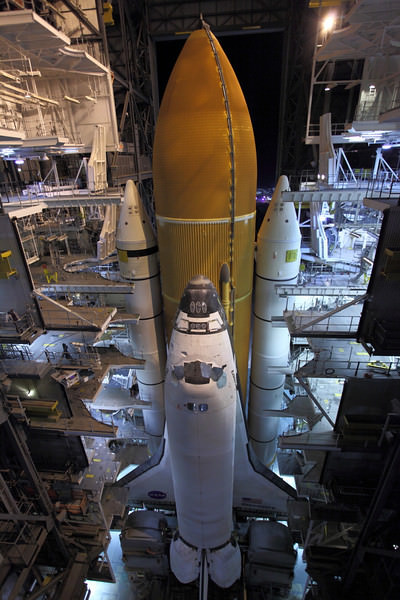
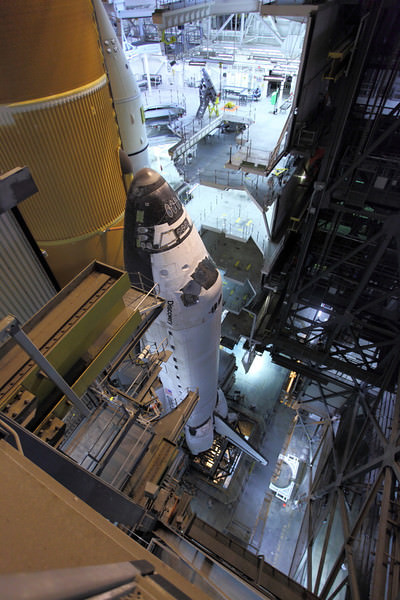
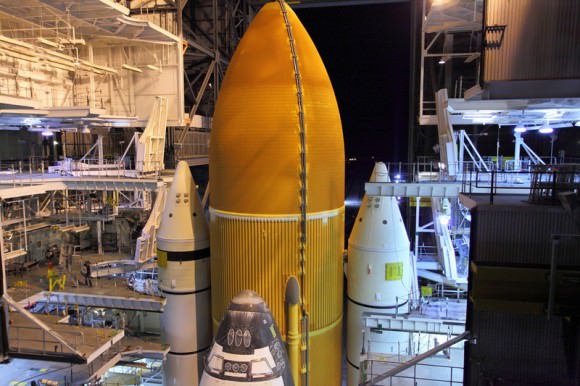
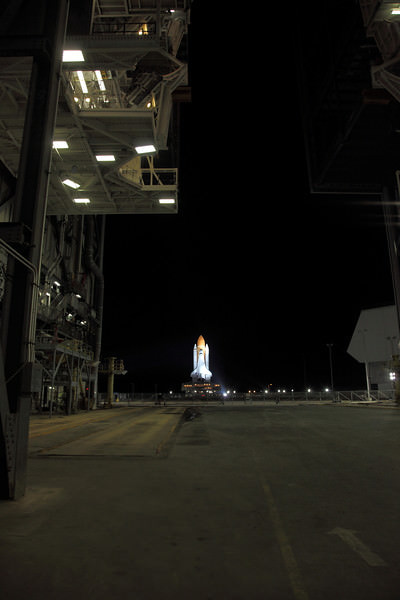

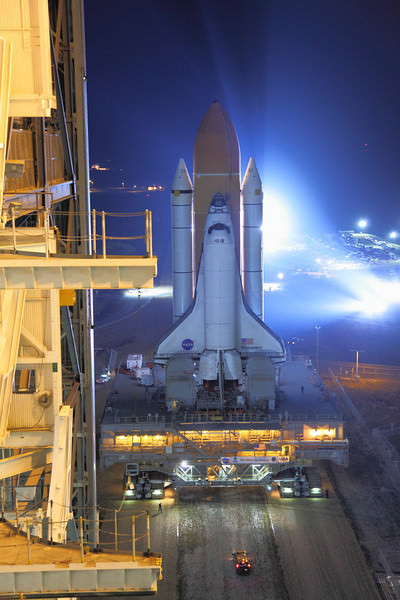
Could you supply the proposed launch date, or estimate, or time frame, or explanation why not?
Found some dates on
Mission Launch Date*
STS-133 02/24/11
STS-134 04/19/11
*Subject to change
Only three weeks to go before Discovery takes to the skies & runs its last mission to the the ISS before being retired. 🙁